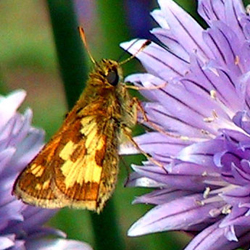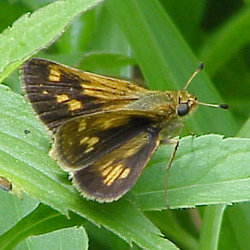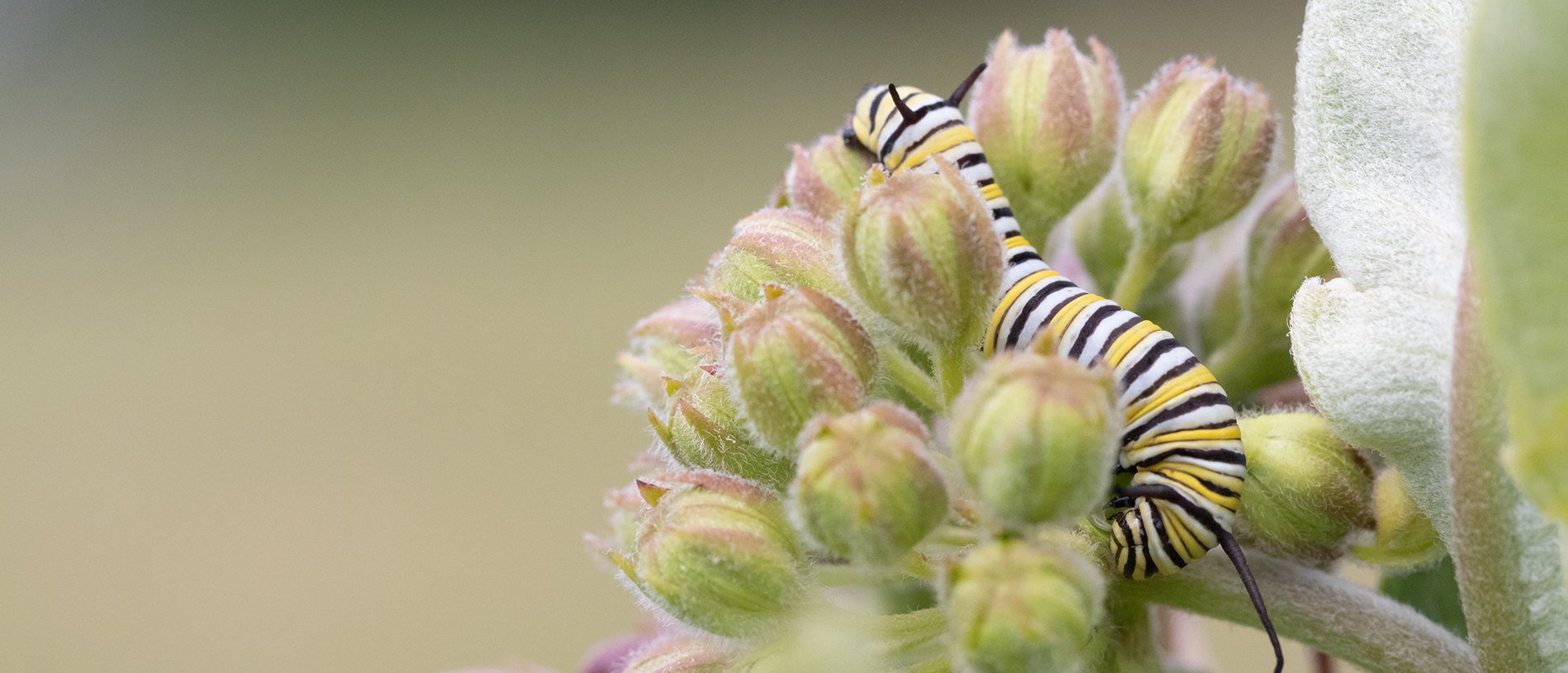Find a Butterfly
Peck's Skipper
Polites peckius
Named
Kirby, 1837

Taxonomy & Nomenclature
Also referred to as Yellowpatch Skipper and P. coras (Cramer).
Identification
Wingspan: 3/4 to 1". The large rectangular yellow patches on the hindwing below are a distinctive feature of this small species. Note that the central yellow patch projects outward toward the trailing edge. The only other Massachusetts‘ skipper having somewhat similar markings is the larger Hobomok Skipper (P. hobomok). The markings on the hindwing below on peckius are broken into a distinct mosaic while those on hobomok tend to form one large mass. See also, "Identification" under Hobomok Skipper.
Distribution
Southern British Columbia and Alberta east to the Canadian Maritimes; south from northern California through Colorado, the mid-western states, and east to the DelMarVa peninsula. Also southward along the Appalachians to northeastern Georgia. Scudder‘s account states (1889) that "In New England it is everywhere the commonest of the Pamphilidi and is found throughout every portion of the district from the White Mountains to the sea-coast." While Opler and Krizek‘s 1984 map depicts this as being confined largely to southern New England, Opler‘s 1992 map shows the range as throughout New England. These recent changes may well be a result of range expansion and as Pyle (1981) states ". . . this species is a generalist in its habitat requirements, and therefore its range is still expanding."
Status in Massachusetts
Peck‘s Skipper is among the more common skipper species in the state. During its flight periods it may be found across the state, at times in abundance, from the Berkshires to Cape Cod and from northern Essex County to the Elizabeth Islands. Maximum: "hundreds," 2 June 1985, Millis (Norfolk Co.).

Flight Period in Massachusetts
Two flights: late May through late July and early August into September. Extreme dates during the Atlas period: 19 May 1991, Worcester (Worcester Co.), T. Dodd and 8 October 1994, Milford (Worcester Co.), R. Hildreth.
Larval Food Plants
Grasses including rice cutgrass (Leersia oryzoides) and Kentucky Blue (Poa pratensis) fide Scott (1986).
Adult Food sources
Found nectaring on 38 species of flowering plants by atlas workers. Cow Vetch, Red Clover, and Joe-Pye Weed are regularly visited.

Habitat
Peck‘s Skipper is found in a wide range of open habitats including dry uplands and wetland edges. Typical locales include weedlots, fields, meadows, pond shores, and marshy borders.
Life Cycle
EGG: Pale Green, taking on a reddish mottling; dome-shaped. OVIPOSITION: Eggs laid singly on grasses and according to Scudder (1889) those of the first brood hatch "in eleven or twelve days." LARVA: The head is black with several white markings and the body maroon with brown mottling. PUPATION: Unrecorded? CHRYSALIS: Maroon with white wing cases. OVERWINTERING STAGE: Both as larva and pupa.
Account Author
Richard K. Walton



